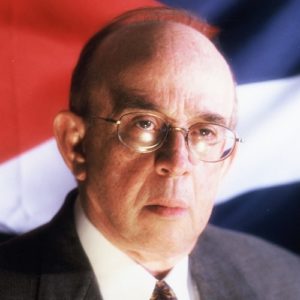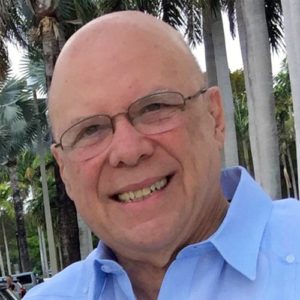President of Cuba, 1940-44 and Dictator, 1952-1958 and Cuban strong man from the Sergeants’ revolt of 1933 to the Revolution of 1959. Born in Banes, Oriente province, January 16, the son of a sugar cane cutter, he spent his early years in poverty and attended a Quaker missionary school. After leaving school he worked as a tailor’s apprentice, cane-field laborer, grocery clerk, barber, and railroad worker before joining the army at age 20. The military afforded opportunity for rapid upward mobility. An ambitious and energetic young man, Batista studied at night and graduated from the National School of Journalism. In 1928 he was advanced to sergeant and assigned as stenographer at Camp Columbia in Havana. Leading the Sergeant’s revolt of September 1933 brought him prominence and power. Before the year’s end Batista had become a colonel and the army’s chief of staff. He became a general in 1941.
On January 14, 1934, the unique alliance between students and the military collapsed and Batista forced the new president, Ramón Grau San Martín, to resign, so ending the revolution begun with the overthrow of Gerardo Machado. Batista emerged as the arbiter of Cuba’s politics, particularly after he crushed the general strike of 1935. He ruled through puppet presidents until 1940, when he was himself elected. Desiring to win popular support, he sponsored an impressive body of social welfare legislation. Public administration, public health, education, and public works improved. He established rural hospitals, secured minimum wage legislation, increased salaries for public and private employees, and started a program of rural schools under army control. The army received higher pay, pensions, better food, and modern medical care, thus ensuring its loyalty. Batista also legalized the Cuban Communist Party. On December 9, 1941, following the Pearl Harbor attack, he brought Cuba into World War II on the allied side, and in 1943 he established diplomatic relations with the Soviet Union. In 1944, he allowed the election of his old rival, Grau San Martín. After an extensive tour of Central and South America, Batista then settled at Daytona Beach, Florida, where he wrote the survey of his life and policies, Sombras de América (Mexico City: 1946). In 1948, while still living in Florida, he was elected senator for Santa Clara province. He returned to Cuba the same year, organized his own party, and announced his candidacy for the June 1952 presidential election. Aware, perhaps, that he had little chance of winning, he and a group of army officers overthrew President Carlos Prío Socarrás regime on March 10, 1952, suspended Congress and the Constitution, canceled the elections, and dissolved all political parties.
Opposition soon developed, led primarily by university students who rioted and demonstrated frequently, culminating in the abortive Moncada attack on July 26, 1953. Batista seemed bent on staying in power. In the rigged election of November 1954, he was “reelected” for a four-year term from February 24, 1955. Although Cuba was prosperous, he neglected social and economic problems. Corruption, graft, and repression reached unprecedented proportions. Calls for new elections were ignored, but as political compromise seemed less and less likely, particularly after the collapse of the Diálogo Cívico, the adherents of violence grew in number. Student activism increased. Fidel Castro returned from Mexico to begin a guerrilla war in the countryside. Other groups organized an urban underground. The 1957 Presidential Palace attack by students and followers of deposed President Prío nearly succeeded in killing Batista. His government met terrorism with counterterrorism. Political prisoners were tortured and murdered.
By 1958 there had developed a national revulsion against the dictator and his methods. Finally, defections from the army precipitated the collapse of the regime. On December 31, 1958, Batista turned the presidency over to Carlos M. Piedra y Piedra and, at 2:10 in the morning of New Year’s Day, 1959, he flew into exile in the Dominican Republic, and later to Madeira, where he wrote several books, including his apologies for his divisive role in Cuban politics, Cuba Betrayed, and The Growth and Decline of the Cuban Republic. Denied entry to the United States, he then moved to Madrid, where he died in 1973.








